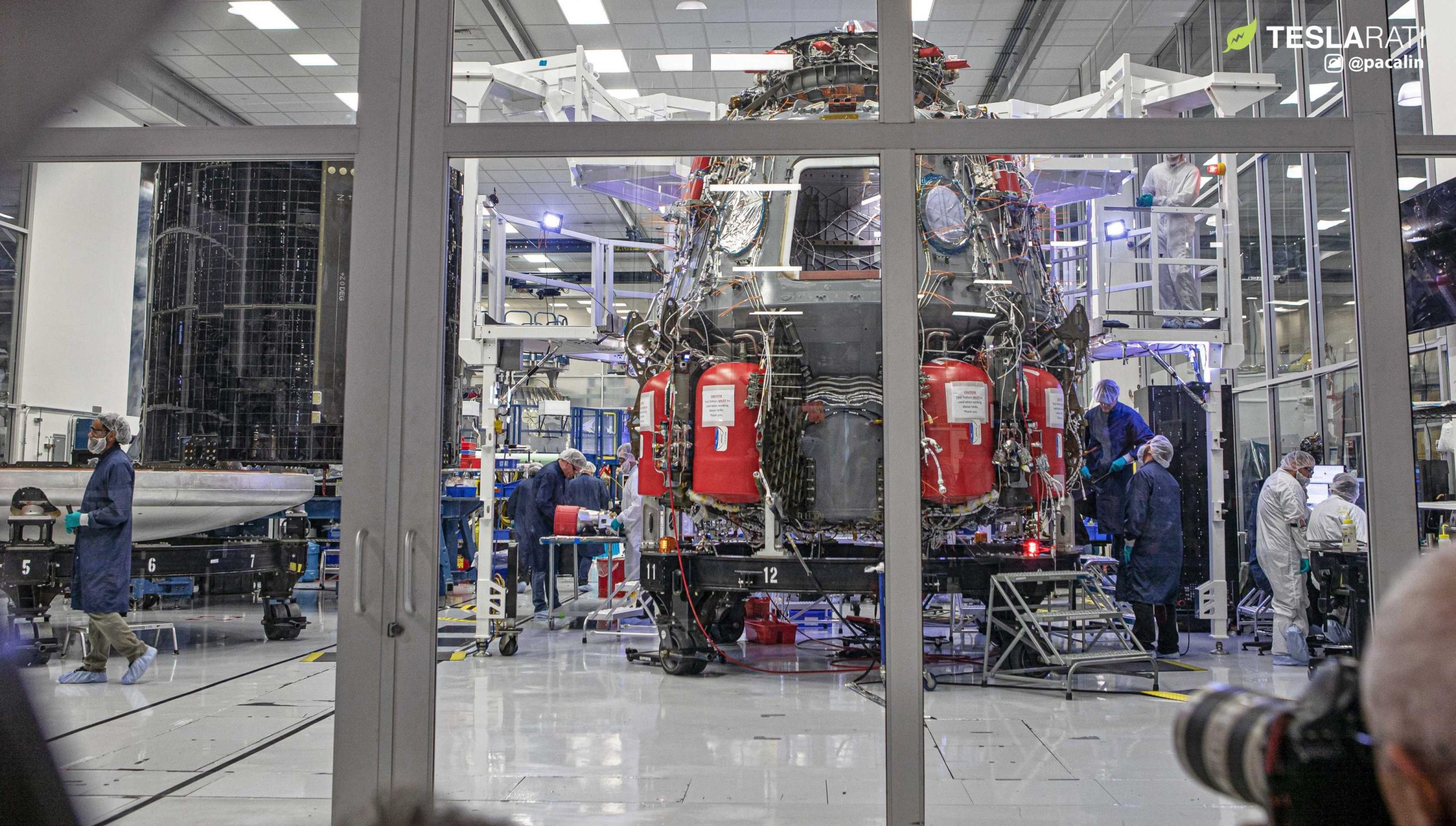
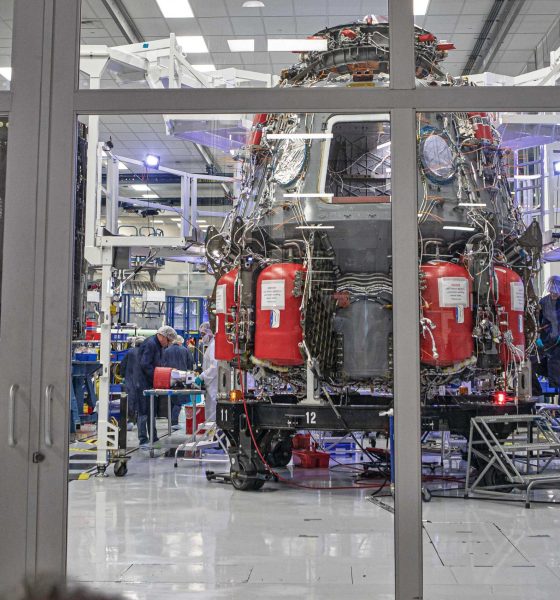
News
SpaceX Crew Dragon In-Flight Abort test gets its first firm launch date
The day after questions arose around the targeted launch date of SpaceX’s Crew Dragon In-Flight Abort test (IFA), SpaceX and NASA have officially set the date for the spacecraft’s next major flight test.
On Friday, December 6th, a NASA Commercial Crew Program blog post confirmed a NET date of Saturday, January 4th, 2020 for the IFA test. The IFA test is one of the most notable final steps to be completed by the Crew Dragon capsule prior to supporting crewed astronaut flight to the International Space Station in 2020 as a part of NASA’s Commercial Crew Program.
Following an apparent incorrect statement made during SpaceX’s CRS-19 webcast that identified a February 2020 target date of the IFA test, SpaceX provided re-assurance that teams were very much still working toward a NET December launch date.
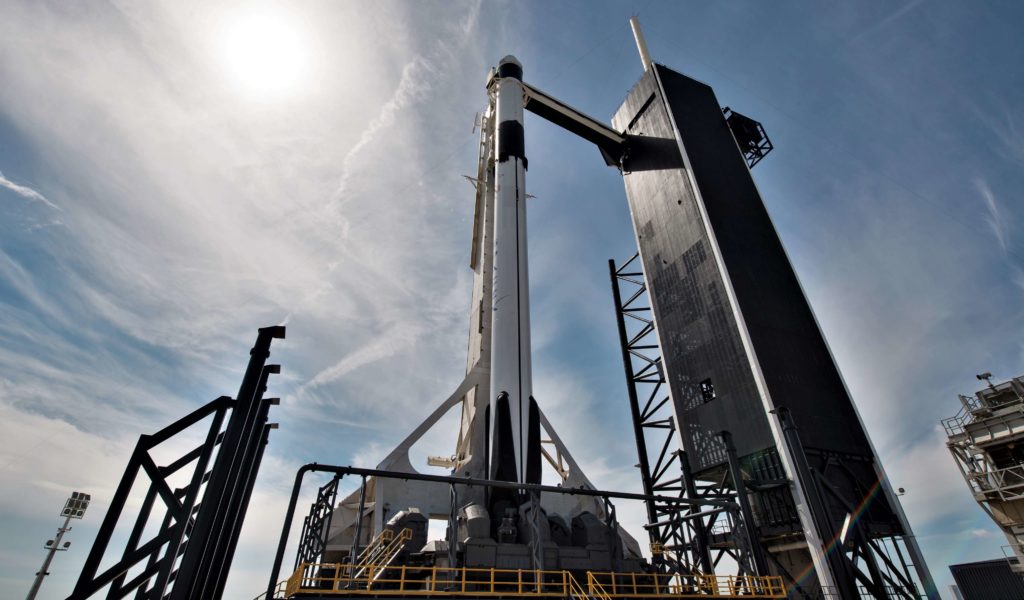
A January 4th date falls just short of SpaceX’s December goal but it still comes as little surprise. In addition to this week’s CRS-19 launch, SpaceX aims to support two more launches prior to year’s end – an internal mission to launch 60 more Starlink satellites and the launch of the JCSAT 18/Kacific 1 communications satellite for customers SKY Perfect JSAT Corp. of Japan and Kacific Broadband Satellites of Singapore. While completing four Falcon 9 launches and landings in a period of less than four weeks is certainly possible for SpaceX, it was rather ambitious, especially given that Crew Dragon’s abort test is almost certainly the company’s preeminent priority.
The targeted January launch date now encroaches into the first quarter of 2020, which SpaceX has adamantly stated is also the goal for Crew Dragon’s first NASA astronaut launch, known as Demo-2. With the IFA test now NET January 4th, it will be a major challenge for NASA and SpaceX to turn around and prepare Crew Dragon and Falcon 9 for Demo-2 just 4-12 weeks later. Of note, Boeing is preparing its own Starliner spacecraft for an uncrewed launch test NET December 20th and has also claimed that it wants to launch a crewed flight test (CFT, akin to SpaceX Demo-2) as early as February 2020, same as SpaceX.
It’s extremely unlikely that NASA will be able to preserve both of those schedules given the Commercial Crew Program’s fixed workforce and the vast quantity of paperwork it must complete before the agency can give the go-ahead for SpaceX and Boeing astronaut launches.
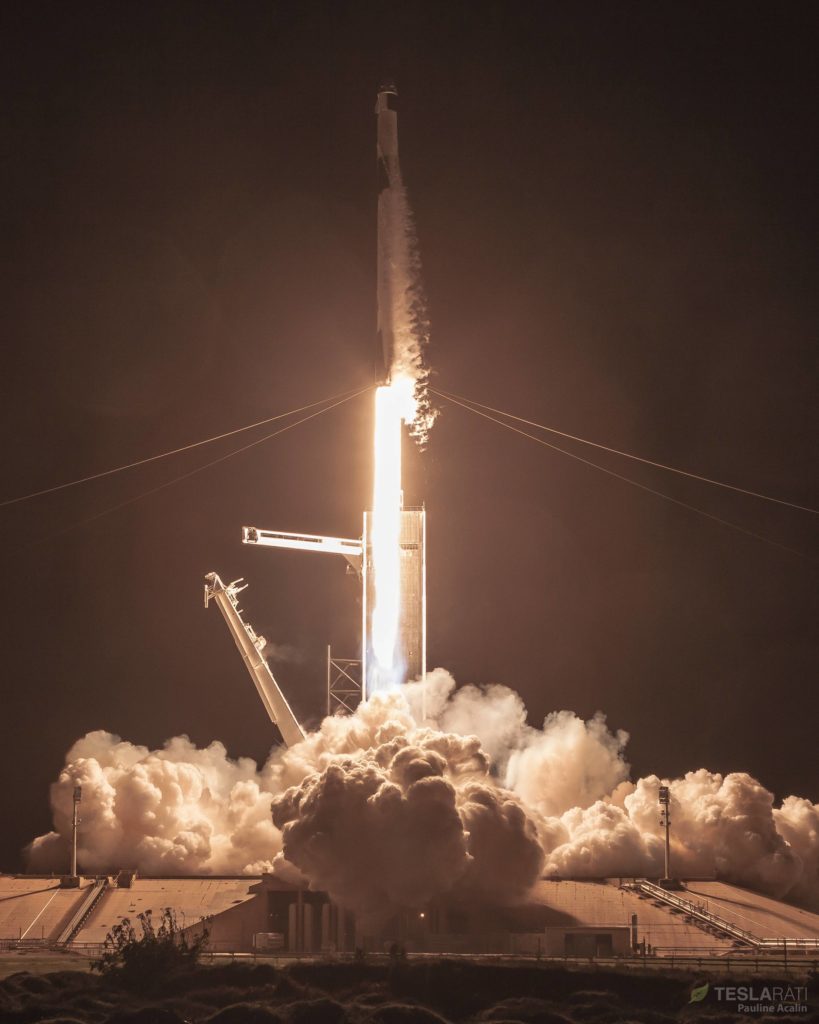
Unsurprisingly, the blog post confirmed that the IFA test would launch from Kennedy Space Center Launch Complex 39A (LC-39A). Pad 39A is the same facility that previously supported Crew Dragon’s March 2019 Demo-1 launch debut and is the only pad SpaceX intends to launch Crew Dragon from.
Interestingly, Pad 39A is also an active construction site – SpaceX is in the midst of building a new launch mount and modifying existing facilities to support future launches of SpaceX’s next-generation Starship vehicle. Construction has been underway for a few months and is situated directly beside Falcon 9 and Falcon Heavy’s exiting launch mount.
Although that construction will not be allowed to interfere with Crew Dragon launch activity, including the IFA test, construction on the Starship mount will likely be impacted. Construction crews will undoubtedly be expected to evacuate the area surrounding the launchpad during any Falcon 9 static fire test or launch, likely translating to a few days to a few weeks of downtime depending on how SpaceX handles the scheduling.
As 2019 comes to a close, SpaceX remains determined to launch Crew Dragon’s IFA test as quickly as is safely possible. If all goes perfectly during the upcoming abort test, SpaceX says it is seriously targeting Crew Dragon’s biggest test yet – its inaugural astronaut launch – less than two months later in February 2020. It should go without saying that that schedule is incredibly ambitious and highly liable to slip in March or Q2, but if the ambition is there, SpaceX believes it is technically possible.
For now, we have less than a month to wait for Crew Dragon’s next launch milestone and perhaps just 2-3 weeks before the spacecraft and its Falcon 9 rocket roll out to Pad 39A to prepare for a routine static fire test.
Check out Teslarati’s newsletters for prompt updates, on-the-ground perspectives, and unique glimpses of SpaceX’s rocket launch and recovery processes.

News
Tesla FSD approved for testing in Nacka, Sweden, though municipality note reveals aggravating detail
Nacka, Sweden, a municipality just a few miles from Stockholm, has given its approval for FSD tests.
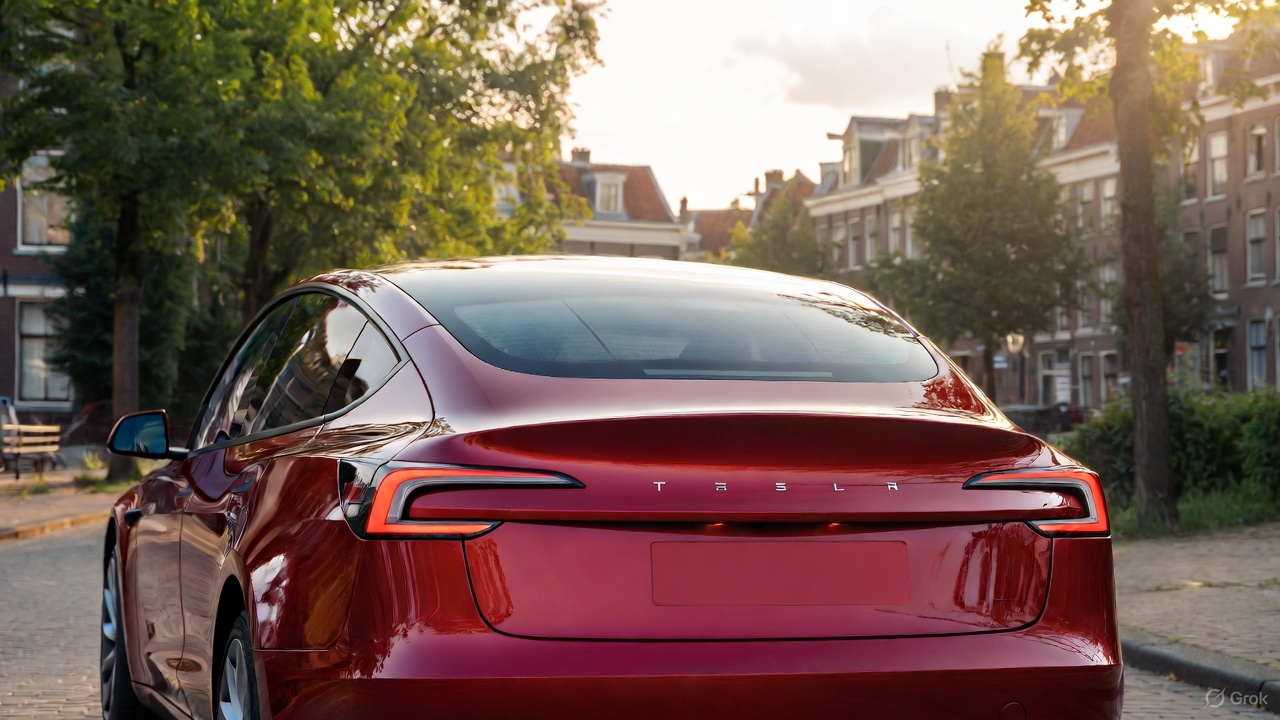
Tesla has secured approval for FSD testing in an urban environment in Sweden. As per recent reports from the Tesla community, Nacka, Sweden, a municipality just a few miles from Stockholm, has given its approval for FSD tests.
A look at the municipality’s note regarding FSD’s approval, however, reveals something quite aggravating.
FSD testing approval secured
As per Tesla watcher and longtime shareholder Alexander Kristensen, Nacka is governed by the Moderate Party. The shareholder also shared the municipality’s protocol notes regarding approval for FSD’s tests.
“It is good that Nacka can be a place for test-driving self-driving cars. This is future technology that can both facilitate mobility and make transportation cheaper and more environmentally friendly,” the note read.
The update was received positively by the Tesla community on social media, as it suggests that the electric vehicle maker is making some legitimate headway in releasing FSD into the region. Sweden has been particularly challenging as well, so securing approval in Nacka is a notable milestone for the company’s efforts.
Aggravating details
A look at the notes from Nacka shows that FSD’s proposed tests still met some opposition from some officials. But while some critics might typically point to safety issues as their reasons for rejecting FSD, those who opposed the system in Nacka openly cited Tesla’s conflict with trade union IF Metall in their arguments. Fortunately, Nacka officials ultimately decided in Tesla’s favor as the company’s issues with the country’s unions are a completely different matter.
“The left-wing opposition (S, Nackalistan, MP and V) voted no to this, referring to the fact that the applicant company Tesla is involved in a labor market conflict and does not want to sign a collective agreement. We believe that this is not an acceptable reason for the municipality to use its authority to interfere in a labor law conflict.
“Signing a collective agreement is not an obligation, and the company has not committed any crime. The municipality should contribute to technological development and progress, not work against the future,” the note read.
News
Tesla Model 3 and Model Y named top car buys in Norway
Despite growing competition from European and Korean brands, both models stood out for their balance of price, performance, and everyday usability.
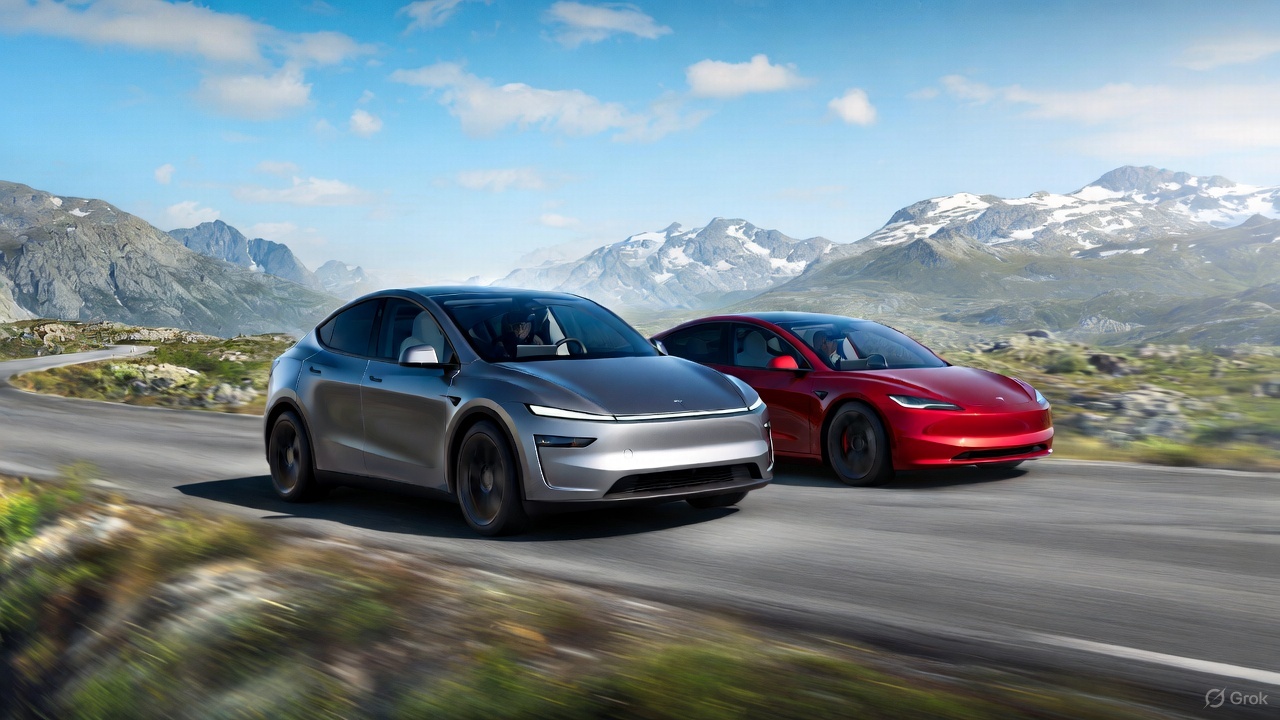
Norway’s annual roundup of the best car purchases featured Tesla’s two main sellers this year, with the Model 3 and Model Y securing top positions in their respective segments.
Despite growing competition from European and Korean brands, both models stood out for their balance of price, performance, and everyday usability. The verdict comes as electric vehicle adoption remained above 95% of new vehicle sales in the country.
Tesla Model 3 strengthens its value position
Among compact EVs, the Tesla Model 3 maintained its position as the best overall buy thanks to its strong blend of performance, efficiency, and updated features. Reviewers noted that every trim offered compelling value, especially with the all-electric sedan’s improved cabin ergonomics and the return of the turn-signal stalk, which was one of the few previous complaints among drivers.
The Model 3’s mix of long-range capability, low operating costs, and responsive handling has continued to set the benchmark for compact EVs in Norway. While competitors from Hyundai, Volkswagen, and Peugeot have narrowed the gap, Tesla’s price-to-capability ratio has remained difficult to beat in this segment, Motor.no reported.
“The Model 3 clearly offers the best value for money in the compact class, no matter which version you choose. Now it also gets the turn signal lever back. This eliminates one of the few flaws in a driving environment that many believe is the best on the market,” the publication wrote.
Tesla Model Y claims its crown
The Tesla Model Y emerged as Norway’s top family-car purchase this year. The latest refresh introduced improvements in ride quality, styling, and interior materials, allowing the Model Y to deliver a more premium driving experience without a substantial price increase.
Reviewers praised its spacious cabin, strong safety profile, and practical range, all of which reinforced its appeal for families needing an all-purpose electric crossover. The Model Y remains especially notable given its continued popularity in Norway even as Tesla faces declining sales in other global markets.
“The Model Y is back as the winner in the family class. The upgrade in the new year was even more extensive than expected. It is a slightly more elegant and significantly more comfortable Model Y that solidifies its position as Norway’s best car purchase in the most important class,” the Norwegian motoring publication noted.
News
Tesla Giga Berlin is still ramping production to meet Model Y demand: plant manager
Tesla Gigafactory Berlin has expanded to two full shifts, as per the facility’s plant manager, and a lot of it is due to Model Y demand.
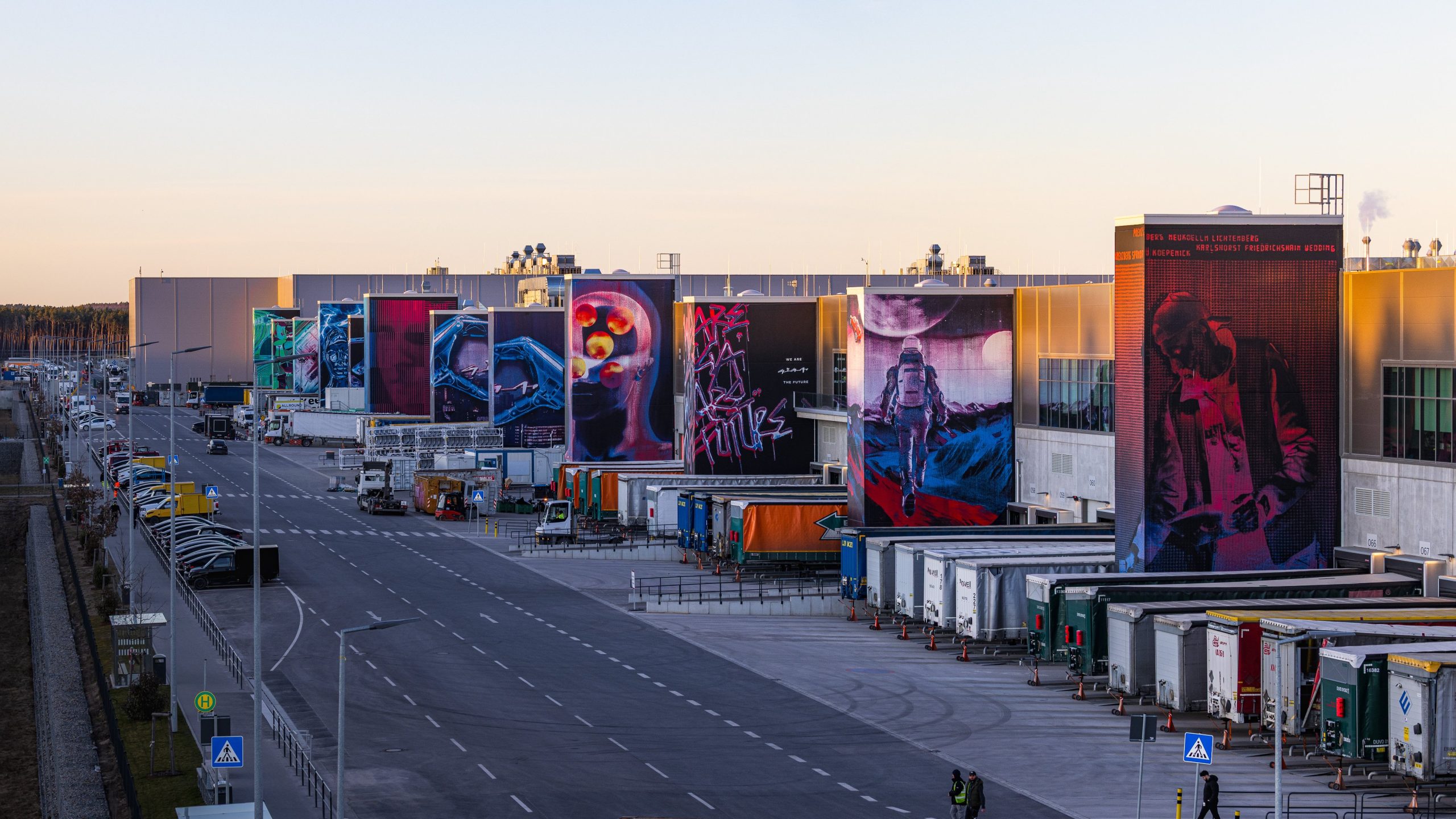
Tesla Gigafactory Berlin has expanded to two full shifts, as per the facility’s plant manager, and a lot of it is due to Model Y demand. While registrations in some countries such as Sweden have fallen sharply this year, the company’s sales in other key territories have been rising.
Giga Berlin shifts to two shifts
Giga Berlin factory manager André Thierig told the DPA that the facility has been running two shifts since September to manage a surge in global orders. And due to the tariff dispute with the United States, vehicles that are produced at Giga Berlin are now being exported to Canada.
“We deliver to well over 30 markets and definitely see a positive trend there,” Thierig said.
Despite Giga Berlin now having two shifts, the facility’s production still needs to ramp up more. This is partly due to the addition of the Tesla Model Y Performance and Standard, which are also being produced in the Grunheide-based factory. Interestingly enough, Giga Berlin still only produces the Model Y, unlike other factories like Gigafactory Texas, the Fremont Factory, and Gigafactory Shanghai, which produce more than one type of vehicle.
Norway’s momentum
Norway, facing an imminent tax increase on cars, has seen a historic spike in Tesla purchases as buyers rush to secure deliveries before the change takes effect, as noted in a CarUp report. As per recent reports, Tesla has broken Norway’s all-time annual sales record this month, beating Volkswagen’s record that has stood since 2016.
What is rather remarkable is the fact that Tesla was able to achieve so much in Norway with one hand practically tied behind its back. This is because the company’s biggest sales draw, FSD, remains unavailable in the country. Fortunately, Tesla is currently hard at work attempting to get FSD approved for Europe, a notable milestone that should spur even more vehicle sales in the region.









